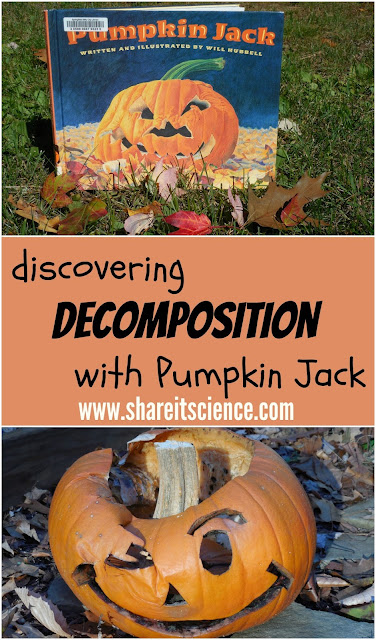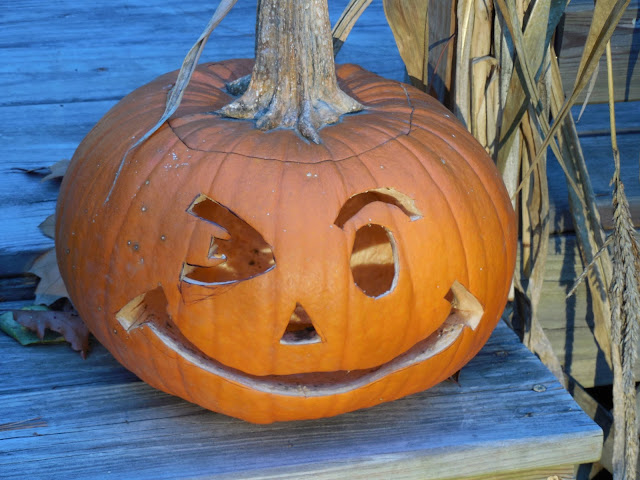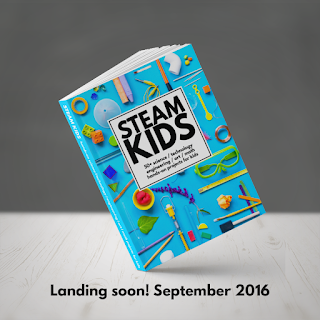ARRR! It's once again the time of year to brush up on your pirate lingo for
International Talk Like a Pirate Day (September 19th). We're excited to participate again in a pirate blog hop hosted by
Witty Hoots.
In this post you'll find 2 real science experiments that have to do with pirates! The first will investigate how well pirates see while they are wearing an eye patch. The next is a cool telescope optical illusion! (You don't even need a telescope to try it!) In addition to this
post, you'll find all sorts of other great pirate activities and fun
down below.
If you're looking for more pirate science, be sure to investigate last year's post:
Pirate Science! Fool's Gold, Parrots and Shipwrecks.
This post contains affiliate links, please see disclosures for more information.
Pirate Science Experiments
Have you ever wondered how wearing an
eye patch affects a pirate's vision? Whether they wear it due to a swashbuckling accident, or simply to help them fit in with the other pirates, an
eye patch does indeed affect how well a pirate can see. Most likely pirates with patches would find themselves bumping into things and having trouble aiming their cannons because as you will soon see having just one eye affects your
depth perception.
Humans have what is called
binocular vision. No, you don't have to be holding a pair of binoculars to have it! It means that we have 2 eyes with overlapping fields of view. Any animal with eyes situated on the front of its face has this type of vision. (Chimps and apes, as well as owls, etc.) This type of vision helps us to have good
depth perception, or the ability to see things in 3 dimensions and perceive the distance of objects.
When you take away one field of view, then it hinders your ability to determine the distance of something. An
eye patch definitely takes away one of these fields of view! Try this experiment to see what I mean.

You will need:
- a helper (a first mate or other crewmen will do, no scalawags!)
- a table
- 2 chairs
- several small objects like coins (gold doubloons, or any small treasure)
- a cup
- an eye patch (or your hand)
Sit down with your first mate at the table. Arrange the cup so that it is about 2 feet in front of you. Ask your first mate to hold your
doubloon about a foot and a half above the cup, moving it around slowly. They may have to stand or kneel,
carefully, on a chair. It might be best to choose a crewmen who does not have a peg leg!
With both of your eyes opened, watch while they move the treasure around above the cup. When you think the treasure is directly above the cup tell them to drop it. Try this several times. What happens? Did the treasure land in the cup?
Now put your eye patch on, or cover one eye. Repeat the activity. Try it several times. What happens when they drop the treasure?
You most likely found out that it was easier to be accurate when you could use both eyes to see. With only one eye it was more difficult to judge the distance to the cup. This is because with only one eye available, you lost your depth perception! Knowing this, I'm not sure I'd want to sail the high seas if my captain only had one good eye!
Now here is a fun experiment to try with your
pirate telescope.
You will need:
- 1 good hand (a hook won't work!)
- 2 good eyes (no eye patches this time)
- a telescope (a cardboard tube or rolled piece of paper will also work)
Hold your telescope in your right hand, and hold it up to your right eye. Take your left hand and hold it up in front of your face, about halfway down the telescope. This hand should touch the side of your telescope. For a good diagram of how to do this,
click here.
Keeping both of your eyes open, simultaneously look through the tube, or telescope, and look at your hand. Egad! You have a hole in your hand!
Quick! Move your telescope away from your eye. Oh good, it must have been a mirage from being at sea for so long, your hand is still intact. Switch hands to try it again and see if the other one is okay.
Why did you see a hole in your hand? Each of your eyes sees a different image. Your brain puts these images together. Normally, this works out, but you've tricked your brain a bit here. One eye is seeing the hole from the telescope, the other is seeing your hand. When your brain puts the two images together, you've got a hole in your hand!
For more information about experiments like these, or how your vision works, check out the following links:
Talk Like a Pirate Day Blog Hop
Talk Like A Pirate Day 2017 Blog Hop
Welcome to our annual Talk Like A Pirate Day Blog Hop! Packed full of ideas, activities and all things to do with the sea, pirates and scallywags!
Make the 19th September a fun-filled, ship-shape day and remember to have lots of swashbuckling and arrrrrring as well!
Join my pirate mateys and me by hopping over onto the posts below before you walk the plank, me hearties!
International Talk Like a Pirate Day A Quirky Blog Hop: 2016
Celebrate on September 19th this year. This blog hop is all about sharing interesting crafts and activities aimed at kids of all ages, hosted by Witty Hoots. Joining in with this quirky blog hop are some wonderful bloggers from around the world:
Peakle Pie Shares some Salt Dough Pirate Treasures
Great Ideas for Pirate Board Books for Toddlers from The Jenny Evolution
Kitchen Floor Crafts shares a fabulous Pirate Treasure Sensory Bin with Letter Matching
Pirate Science 20 Ways to Play and Learn these are fun ideas from Kids Minds
Share It! Science features some amazing Pirate Optical Illusions
And a Crafty Pirate Round-Up from Witty Hoots











































